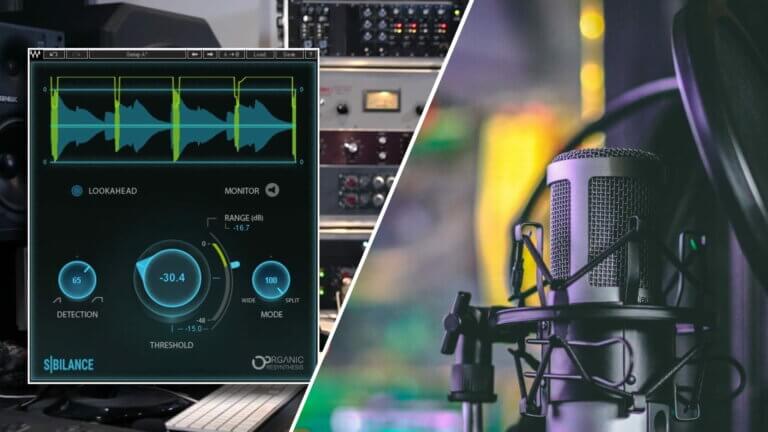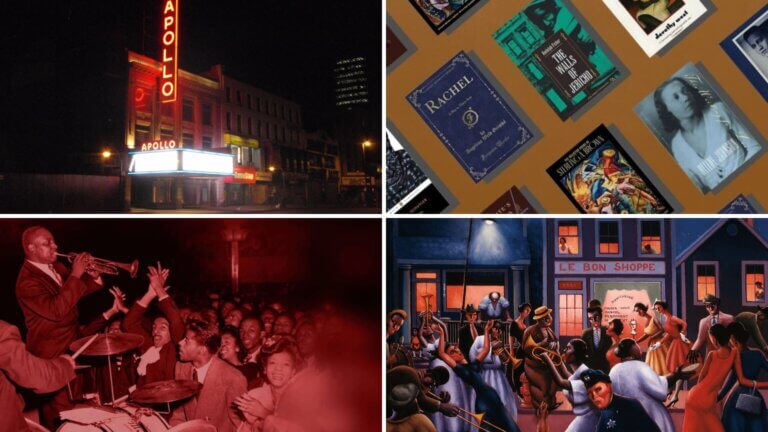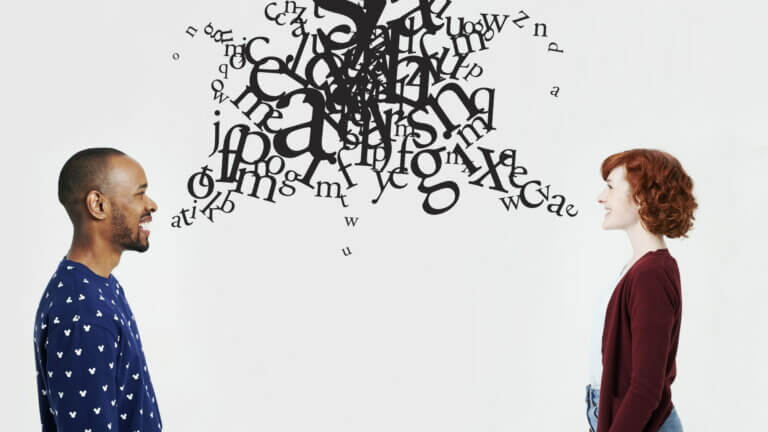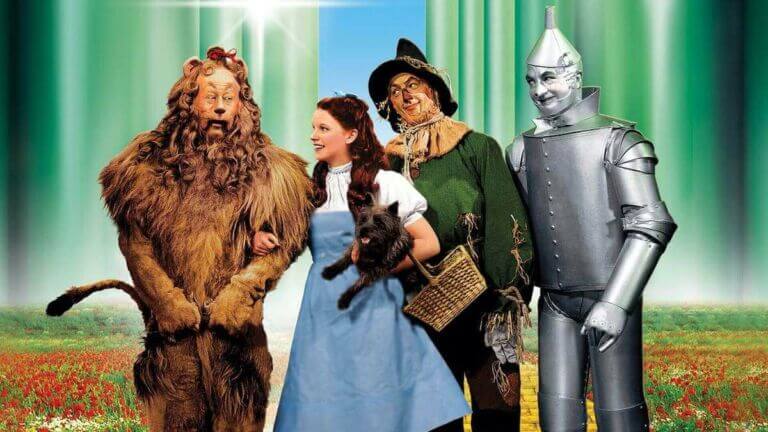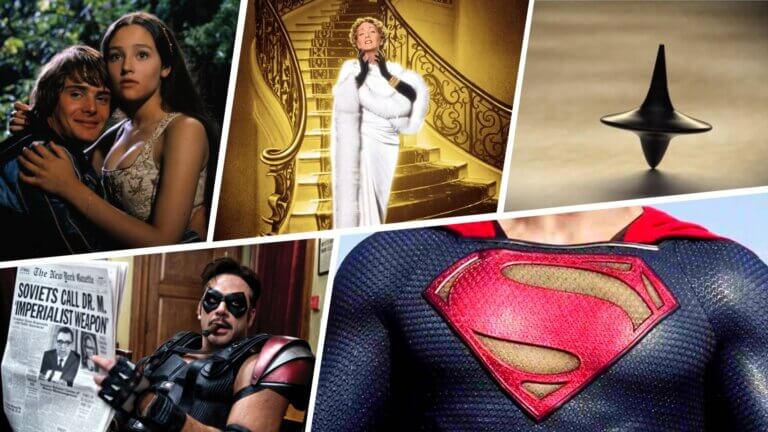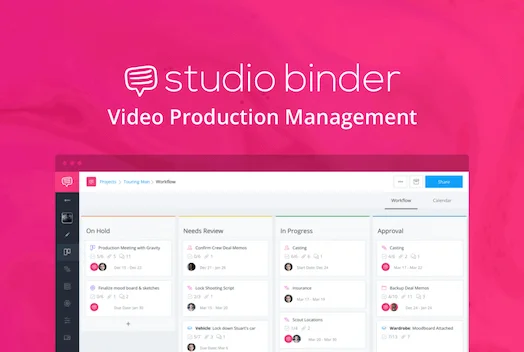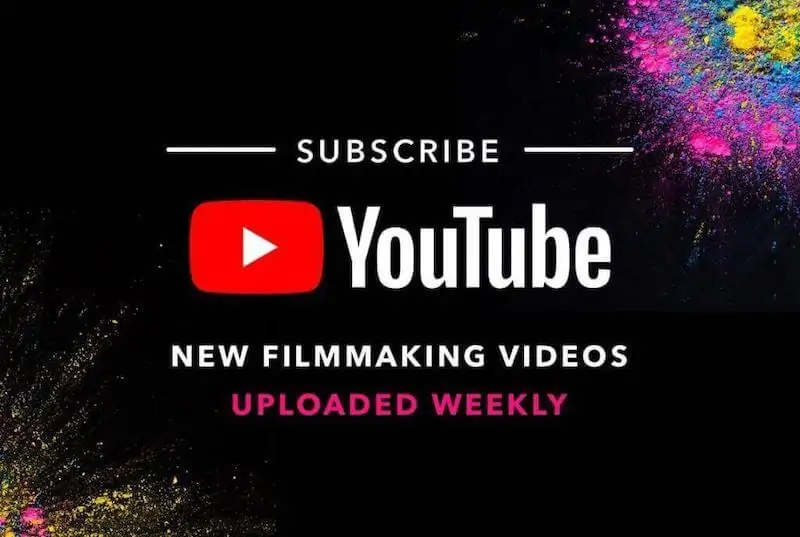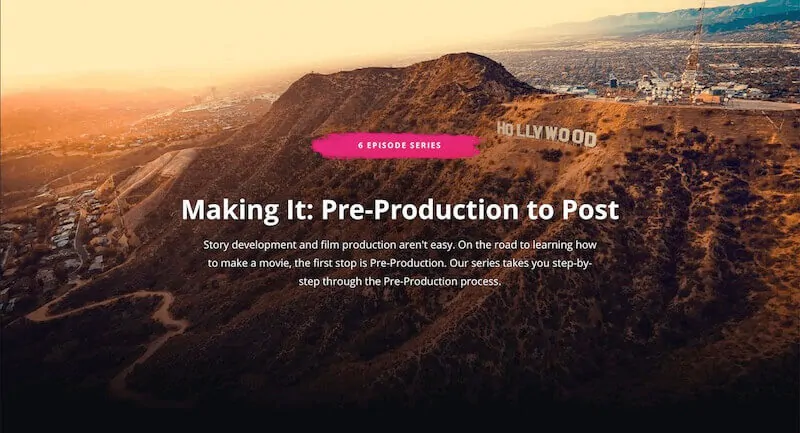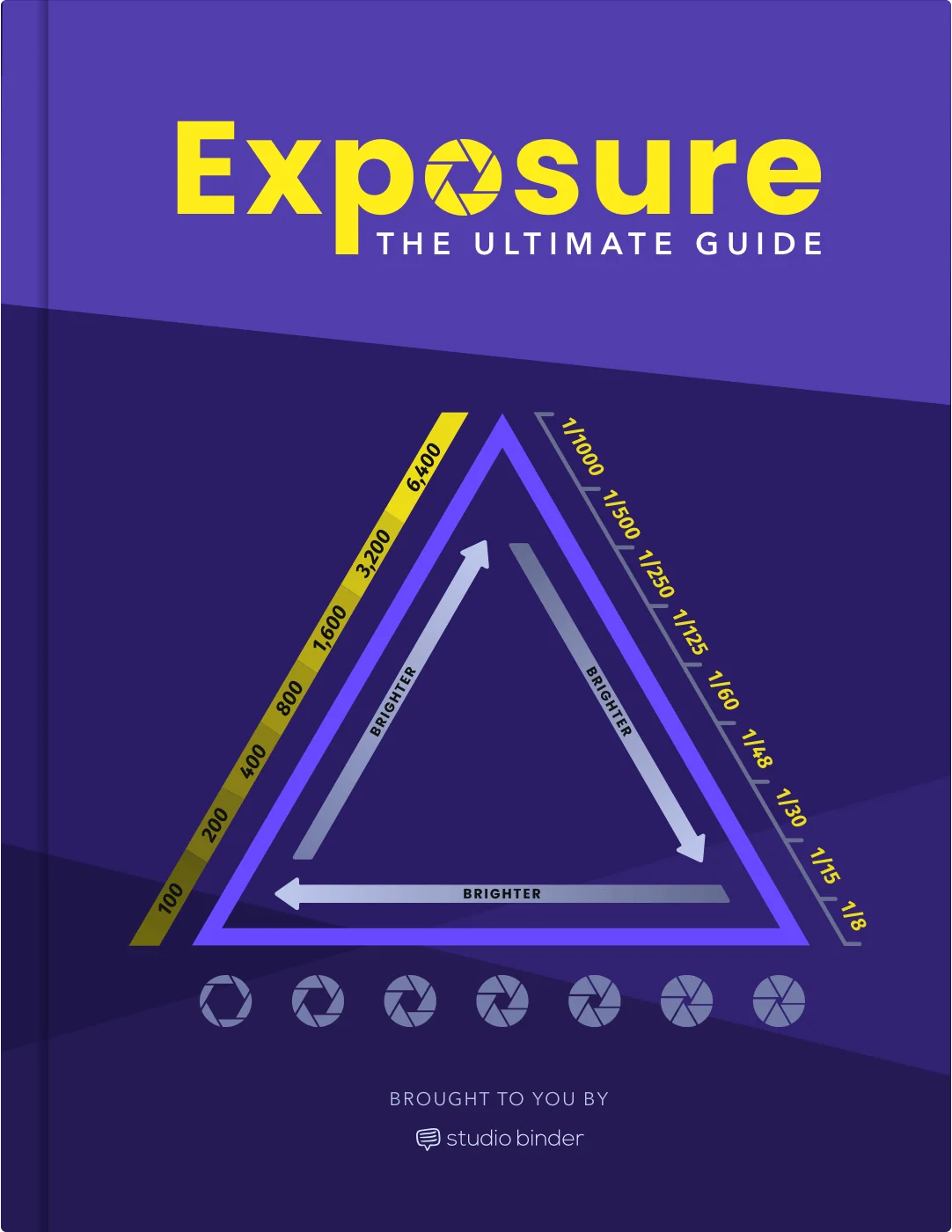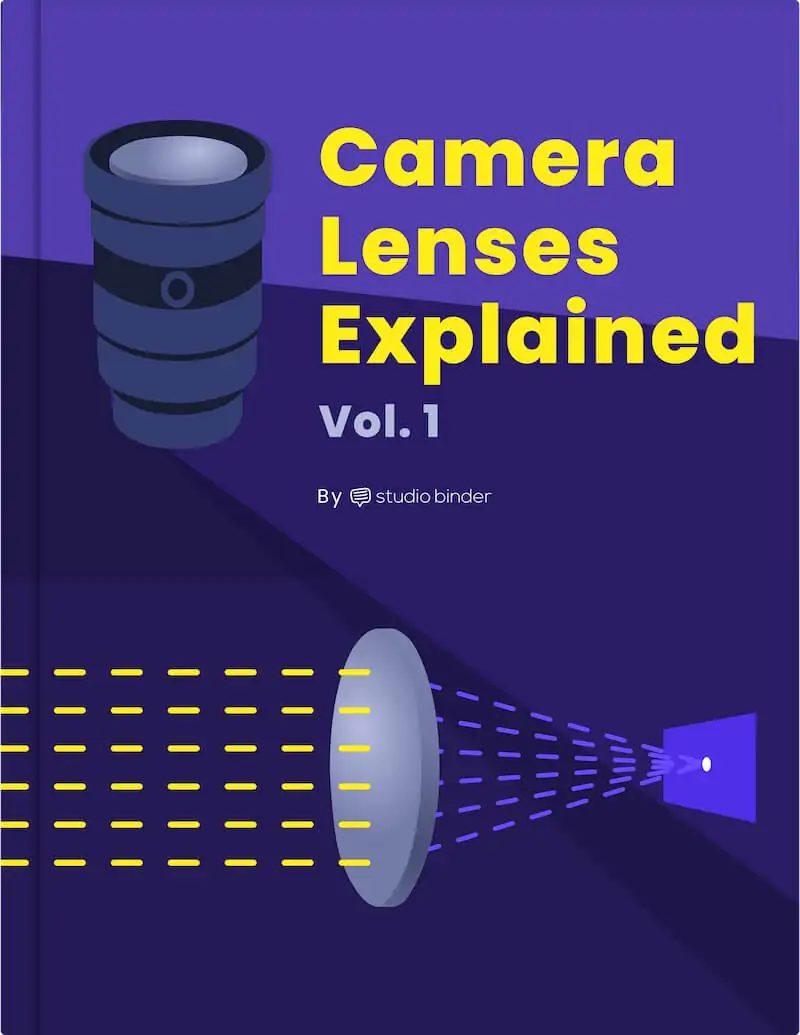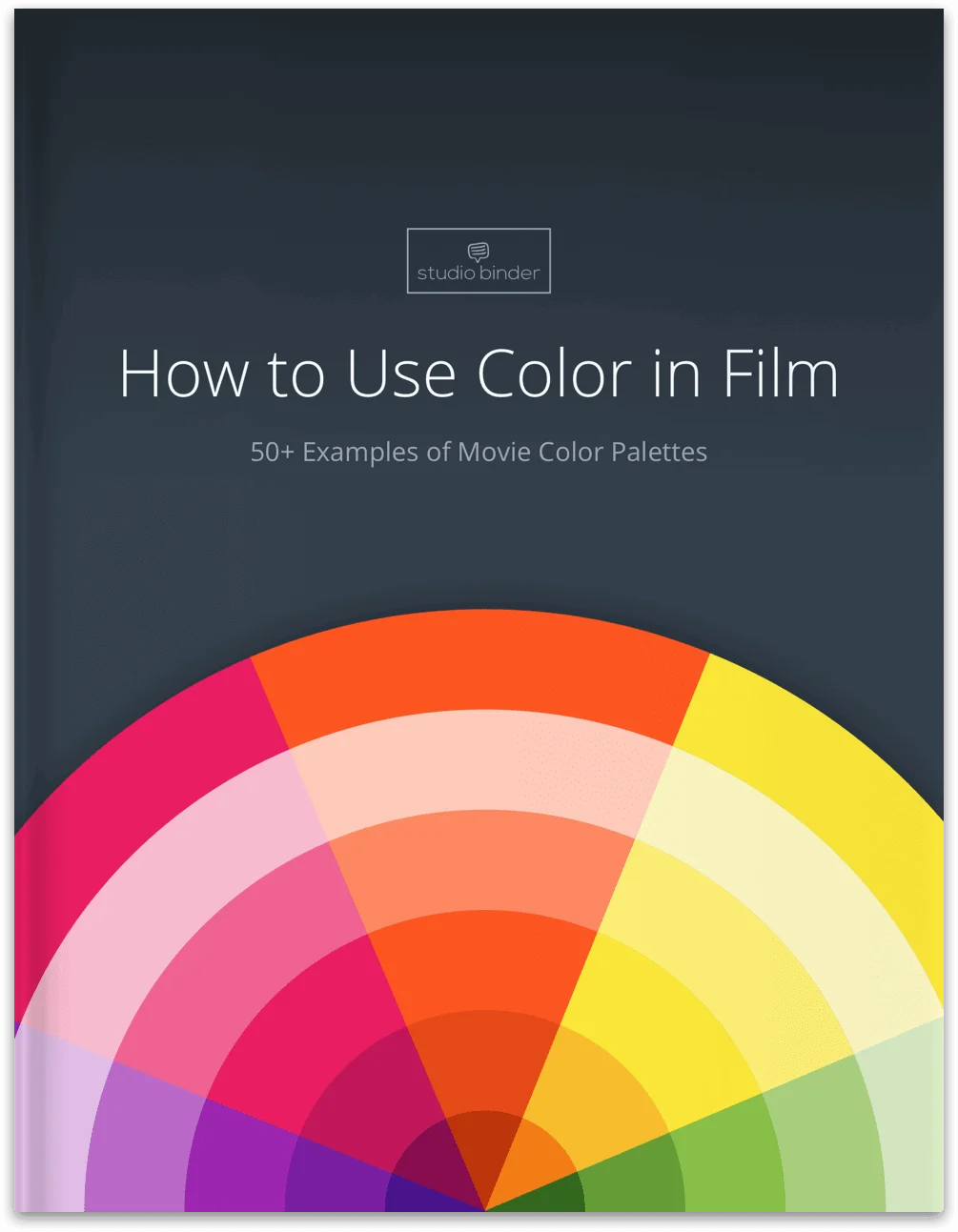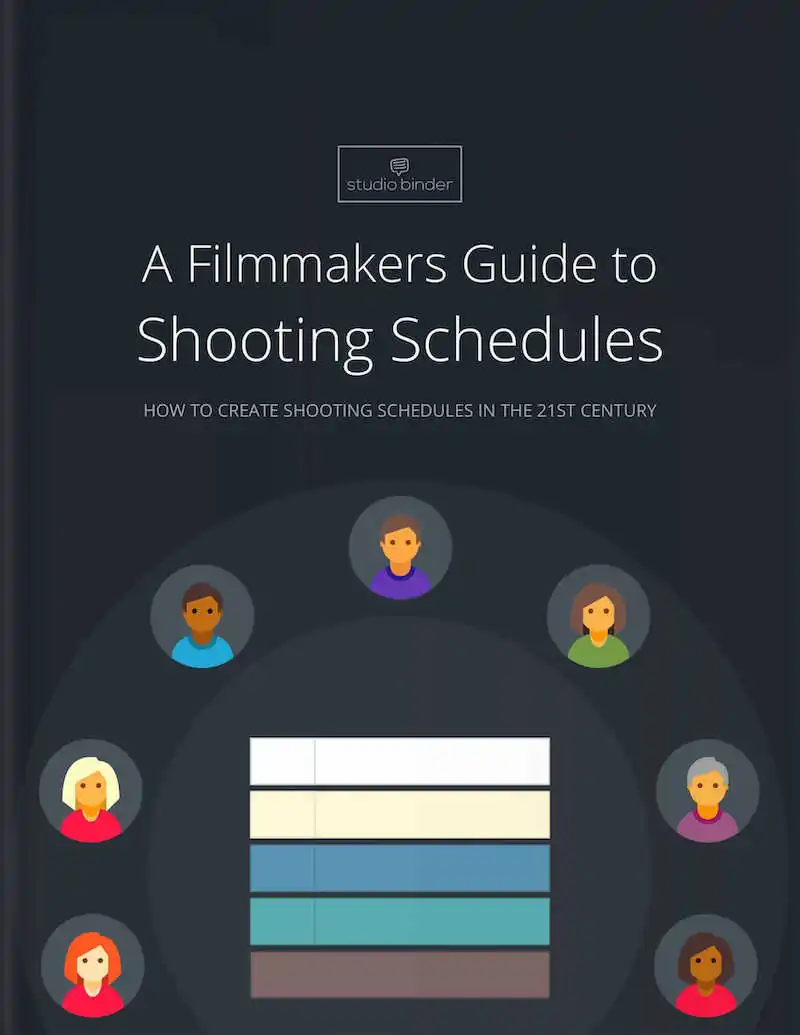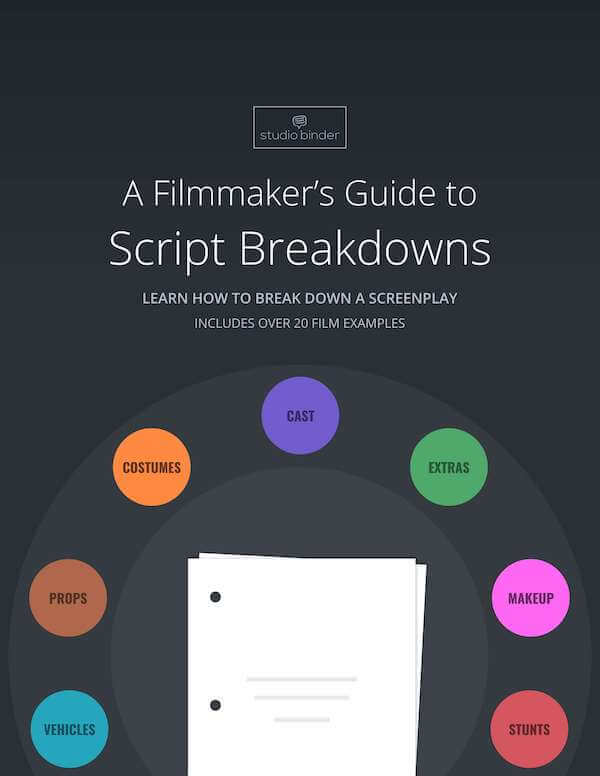Sibilance is a useful alliterative tool that writers use to evoke reactions in their readers. But what is sibilance and how is it used? We’re going to answer those questions by looking at sibilance examples from film and literature. We’ll also define sibilance by breaking down its characteristics.Continue reading What is Sibilance — Definition & Examples For Writers
What was the Harlem Renaissance? The Harlem Renaissance was a landmark art movement that changed the course of music, literature, and culture. We’re going to explore the history of the Harlem Renaissance by looking at its pioneers. By the end, you’ll know how the Harlem Renaissance started, how it ended, who its leaders were, and why it was so important. Continue reading What Was the Harlem Renaissance — And Why It Mattered
Negative connotation plays an important role in how we regard words and symbols – but what is a negative connotation? We’re going to explore the meaning of negative connotation by looking at examples in literature and film. By the end, you’ll know how to recognize words, signs, and objects with negative connotations, and how to implement them in your work.Continue reading What is a Negative Connotation — Definition and Examples
TV script format is perhaps the most difficult type of script format to master. That’s because it involves tons of intricacies that screenplays and stage plays don’t. Never fear though, we’re going to break down everything you need to know about TV script format, from 30-minute sitcoms to hour-plus dramas. We’ll look at teleplay examples from Seinfeld, Breaking Bad, and more to see how professional script writers use the format. By the end, you’ll be ready to get started on your very own TV script.Continue reading TV Script Format 101 — Examples of How to Format a TV Script
MORE and CONT’D are dialogue transitions that are used to mark the continuation of characters speaking in a screenplay. We’re going to show you how to use MORE and CONT’D with screenplay examples – and then we’ll explain when you should use them in your own scripts. Continue reading What Does CONT’D Mean in a Screenplay & How to Use It
What is tone? To answer that question we have to place tone in an appropriate context. Tone can refer to the intonation/pitch of acoustics, the meeting of light and shadow, the firmness of muscles, etc. — but we’re going to focus on what tone means in storytelling. Tone is how an artist feels towards the art they create — sounds simple enough right? Well, consider this: how do we know how an artist feels? We’re going to explore that question by looking at examples from William Shakespeare, Edgar Allan Poe and more. By the end, you’ll know what makes tone…
I was in the Amazon jungle the first time I wrote a narrative essay, enlightened and enraptured by the influence of ayahuasca. That’s not true. I’ve never been to South America nor have I ever taken ayahuasca. The purpose of that opening is to show how to craft a narrative essay intro — hook, line, and sinker. Narrative essays rely on hooking the reader, and enticing them to read on. But what is a narrative essay? We’re going to break down everything you need to know about these essays — definition, examples, tips and tricks included. By the end, you’ll…
What is denotation? Denotation is something we apply every second of our lives, but we rarely give conscious attention to it. Today, we’re going to explore what denotation is and how we can recognize it in film, literature and everyday life. We'll also explore what makes denotation different from connotation. By the end, we’ll know how to recognize the denotation of words and signs like a pro. Continue reading What is Denotation — Definition & Examples for Writers
What is Technicolor? Whether you knew at the time or not, you’ve probably seen a Technicolor movie. If you’re trying to recall an example, just think, color, color, color. Technicolor changed the course of cinema forever with bright and bold visuals, saturated to the point of near-surreality. We’re going to look at some examples of Technicolor in films like The Wizard of Oz and The Godfather but, first, let’s check out a quick video to see where it started.Continue reading What is Technicolor? Definition and History Explained
What is connotation? We often hear about how certain things have good or bad connotations, but how do we know? We’re going to answer that question by looking at some examples of connotations in literature and film. By the end, you’ll know how to recognize and apply all sorts of connotations in writing and everyday life.Continue reading What is Connotation? Definition & Examples
